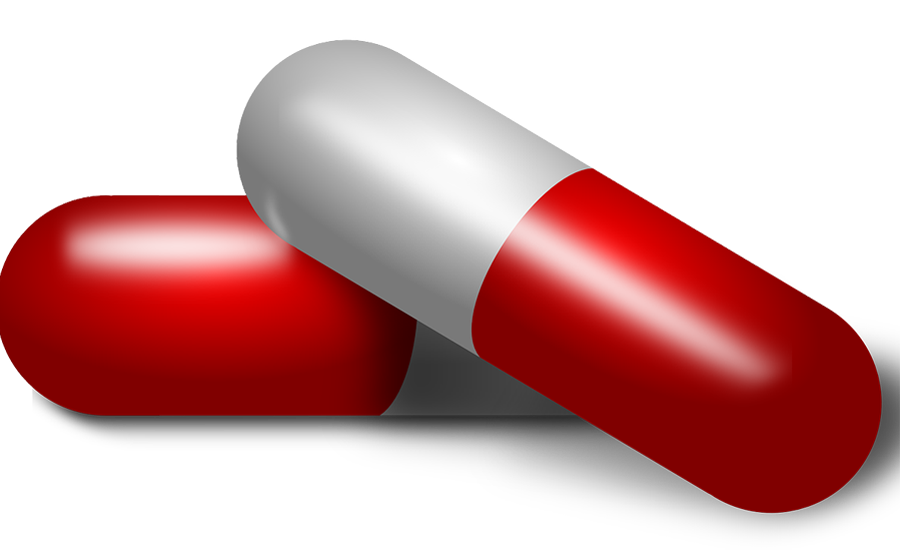Posted with permission from Fairwarning.org:
With the U.S. increasingly dependent on foreign manufacturers for prescription and generic drugs, the Food and Drug Administration’s problem-plagued efforts to inspect overseas plants is under growing scrutiny.
A recent report by the Government Accountability Office has raised serious concerns about the FDA’s foreign inspection program and whether it’s allowing overseas drug makers to conceal unsafe practices. The number of inspections performed by the agency has been falling since 2016, due to dozens of unfilled positions.
The inspections that the FDA does perform are riddled with problems, according to the report. For example: because the FDA doesn’t have enough translators, inspectors are often forced to rely on the drug manufacturer to provide one – which, according to the report, “can raise questions about the accuracy of information FDA investigators collect.” And unlike domestic inspections, which are all unannounced, the vast majority of overseas firms have months of advance warning of an FDA visit, giving them plenty of time to prepare.
“That’s just an unacceptable practice, to announce most of these inspections,” said Michael Carome, director of the health research group at Public Citizen, the consumer advocacy organization. “It gives companies a chance to destroy documents, manipulate documents and clean up a facility.”
The United States is more reliant than ever on other countries for its supply of pharmaceutical drugs. According to the FDA, roughly 40 percent of finished drugs and 80 percent of active drug ingredients are made overseas.
The FDA is tasked with regularly inspecting drug manufacturing facilities in the U.S. and abroad to ensure they’re following best practices.
| Want more stories like this? Sign up here to get news alerts. |
We’ve created a scenario where we don’t have the capacity to make a lot of those products in the U.S.,” said C. Michael White, head of the Department of Pharmacy Practice at the University of Connecticut. “We’ve concentrated them in areas where we have very little control, and very little knowledge of what they’re doing.”
Allegations of attempted coverups abound. In October of 2018, an FDA investigator at Strides Pharma Science Limited in India discovered bags of documents awaiting shredding and a binder full of records dated seven days before the inspection, discarded in a 55-gallon drum in the plant’s scrap yard. According to the warning letter, made available on the FDA’s website, the company told the FDA that the binder had “inadvertently come [sic] to scrap yard.”
In testimony before the House Subcommittee on Oversight and Investigations, FDA official Janet Woodcock admitted that more unannounced visits would be “desirable,” although she added they were “inefficient” because of the enormous size of most drug plants and number of staff needed to assemble.
“It is just a hypothesis that unannounced visits are so much better,” said Woodcock, director of the FDA’s Center for Drug Evaluation and Research. “A lot of problems have been found by announced inspections.”
Indeed they have. The August 2018 investigation of B. Jain Pharmaceuticals in India found “numerous flying insects,” including a live moth, in a raw material storage room, and the ceiling of the quarantine room “stained with what appeared to be mold,” according to the resulting warning letter. An investigator visited Cadila Healthcare in India in May of 2019 and discovered “significant equipment flaws and cleaning deficiencies” which “resulted in cross-contamination between your drug products.” The firm claimed the cross-contamination did not pose a risk to patients, a response the FDA said was ”not scientifically sound.”
An investigator at Centurion Laboratories in India found, in October 2018, “visible product build-up” in a room that had been marked as “cleaned,” as well as a damaged air filter full of holes. Centurion chalked these deficiencies up to “a shortage in manpower related to a nine-day dancing festival and government holiday.”
Such negligence can lead to the drugs or active ingredients being adulterated. Taking them can have a range of effects, from the innocuous to the fatal. In 2008, a tainted supply of the blood thinning drug Heparin led to 81 deaths and 785 severe injuries worldwide. Researchers traced the contamination back to a Chinese factory which had never been inspected.
The crisis, said White, “would have been mitigated if [the FDA] had done more inspections. It would have been mitigated, also, if we didn’t also have all our eggs in one basket, so that we weren’t so reliant on China to supply the active ingredient for that one product.”
Up until then, the FDA inspected domestic facilities every two years, but only performed a few hundred overseas inspections per year. After the 2008 Heparin crisis, the FDA shifted resources away from domestic inspections and toward foreign inspections, with the number of foreign inspections rising to more than 1,000 in 2016. A GAO report published that year lauded the improvements, but warned of a startlingly high vacancy rate among the agency’s inspector corps.
According to the recent report, the FDA still has 66 vacant inspector positions based in the U.S and numerous other vacancies in the FDA’s foreign offices. In her testimony, Woodcock said the agency was in the process of hiring 20 more investigators, but warned that it can take years for candidates to pass background checks and go through training.
“The fact that we have these vacancies and we see a falling number of inspections tells me the agency isn’t giving this matter a high enough priority,” said Carome. “The FDA certainly doesn’t have a problem meeting goals for approval of new drugs and getting those to the market as soon as possible.”
There is perhaps an inherent tension between the FDA’s two goals of ensuring that pharmaceutical drugs are safe, but also making sure enough drugs are manufactured to avoid shortages or excessively high prices. Generic drugs, which are mostly made overseas, help bring down the cost of prescription drugs. But unlike clothes, drugs don’t come with labels saying where they were made. And in any case, the average customer may not have much choice, since individual pharmacies decide which generics to stock.
“Patients in the U.S. don’t have a choice today,” said Dinesh Thakur, a former Ranbaxy executive who became a whistleblower, helping to expose massive fraud within the Indian pharmaceutical company. “You don’t have the ability to demand medicine from a certain country.”
Since generic drug manufacturers are only competing with each other on price, some resort to cutting corners. The FDA, meanwhile, is under pressure from lawmakers to increase the supply of generic drugs to lower the cost of health care.
“It raises the question of whether the FDA really wants to know what’s going on in those plants,” said Katherine Eban, author of the book, “Bottle of Lies: The Inside Story of the Generic Drug Boom.” “Because that can lead to difficult regulatory action.”
The FDA has a history of softening its own negative inspection findings. In 1998, the GAO found that in the previous year, the FDA had downgraded roughly two-thirds of the recommendations for enforcement actions made by inspectors. According to Eban’s reporting, the FDA downgraded recommended sanctions against Indian plants 109 times between 2013 and 2018. During that same time period, the agency downgraded sanctions against U.S. plants just once. The GAO plans to examine the downgrades in a future report.
Said Eban: “The FDA is knowingly allowing unsafe, substandard drugs from noncompliant plants into the U.S., over the recommendations of its own investigators.”
| Did you like this story? Your support means a lot! Your tax-deductible donation in any amount will advance FairWarning's mission of delivering strong watchdog reporting. |
About FairWarning
This story was reported by FairWarning (www.fairwarning.org), a nonprofit news organization based in Pasadena, Calif., that focuses on public health, safety and environmental issues.



